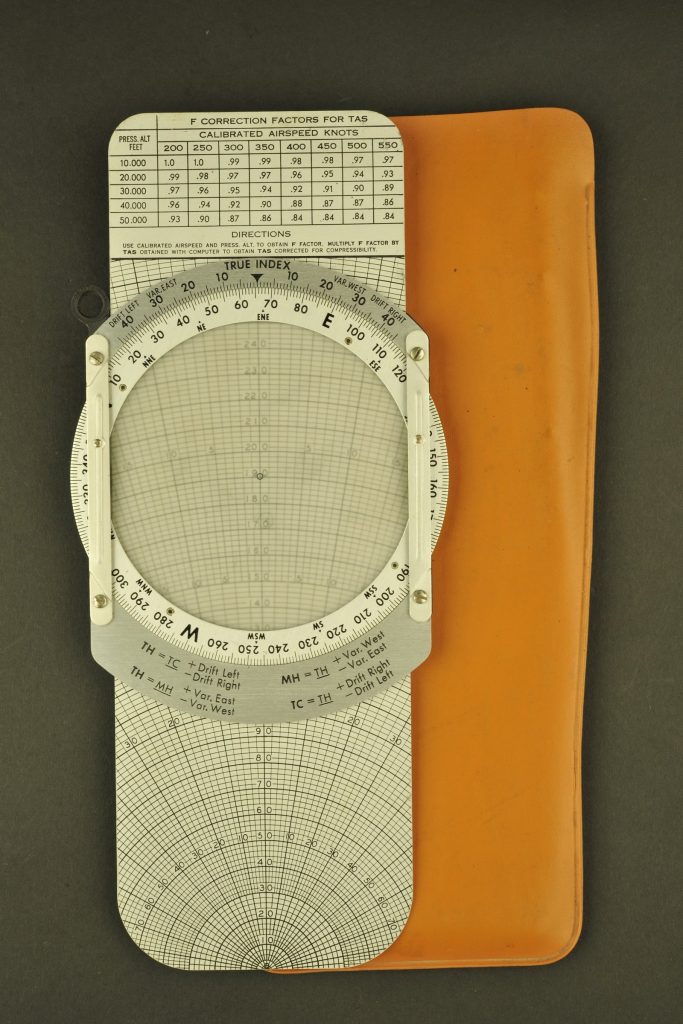

A mental estimate aids in placing the decimal point.įigure 4-14. Between 25 and (unnumbered) 26, there are five smaller divisions, each of which would, therefore, be. There are no numbers given between 25 and 30 as shown in Figure 4-14, for example, but it is obvious that the larger intermediate divisions are 26, 27, 28, and 29. The problem lies in giving the correct values to the many small lines that come between the numbered intervals. The unit intervals that are numbered present no difficulty.
Computer air navigation dead reckoning how to#
The first element of skill in using the computer is a sure knowledge of how to read the numbers. The graduations are numbered from l0 to 100, and the unit intervals decrease in size as the numbers increase in size. Graduations of both scales are identical.

Since speed (or fuel consumption) is expressed in miles (or gallons or pounds) per hour (60 minutes), a large black arrow marked speed index is placed at the 60-minute mark.

For example, the numbers on either scale can represent 1.2, l2, 120, 1200, etc. The numbers on each scale represent the printed figure with the decimal point moved any number of places to the right or left. Because the outer scale usually represents a number of miles and the inner scale represents a number of minutes, they are called the miles scale and the minutes or time scale, respectively. These disks are graduated near their edges with adjacent logarithmic scales to form a circular slide rule approximately equivalent to a straight, 12-inch slide rule. The slide rule face of the computer consists of two flat metallic disks, one of which can be rotated around a common center. Use your mechanical flight computer to calculate speed, time, distance and fuel. Flight Literacy Recommends Rod Machado's Cross Country Flight Planning – Learn to plot a course on a sectional chart, correct for magnetic variation, compass deviation and wind to find the heading needed to travel from one airport to another.


 0 kommentar(er)
0 kommentar(er)
